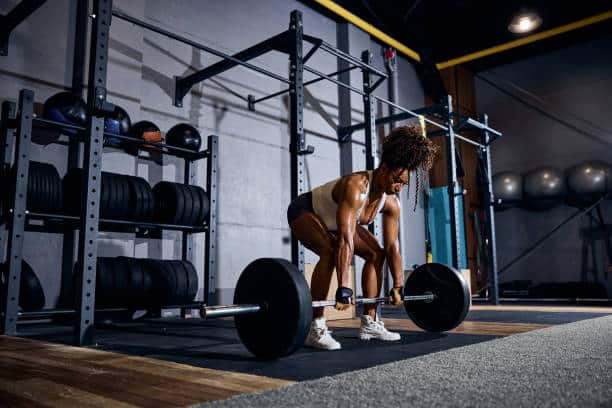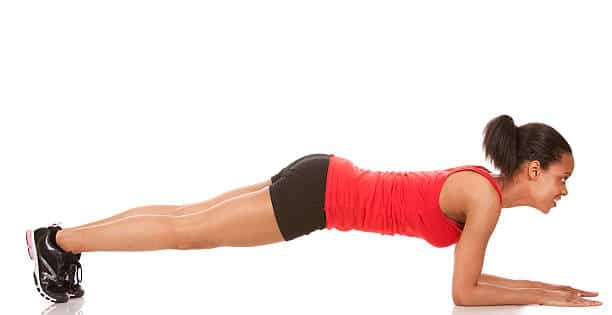Although Fibroids are often asymptomatic and cause no pain to the body, there is still a large section of fibroid patients that are symptomatic. These symptoms range from abdominal discomfort, extensive periods, bladder and bowel changes, lower back pain, and pelvic pain. Exercising can help relieve some of the pain as well as give your body strength to push past some of the symptoms.
Because your body is navigating new changes in the abdominal area, it’s important to understand what may cause that area strain when exercising. Exercising is supposed to help the process, not add more discomfort to your daily schedule.
Lifting

Lifting heavy weights can cause strain on the muscles surrounding the uterus. When you lift heavy weights, there’s a lot of pressure placed on your abdomen.
If you repeatedly lift too many weights in a row, your lower abdomen may begin to feel uncomfortable from the added pressure to an area in your body that’s already experiencing discomfort.
Worst of all, blood circulation to the fibroids may cause them to grow in size.
It’s hard to find an alternative to lifting weights, but the best thing you can do is make sure that your lower abdomen is doing the least amount of work.
For some, that could mean sitting down at a machine that targets muscle gain in your arms. For others, it can mean taking out weight lifting all together and trying other forms of exercise like stretching and swimming.
RELATED: Uterus Cleaning: 3 Herbs To Detox Your Uterus
Burpees and High-Intensity Workouts

Burpees can be an absolute nightmare for someone with fibroids. Let’s be real, burpees are a nightmare for anyone who’s ever tried them. However, the normalized discomfort of a burpee can add to lower abdomen pain, thus making it a rated r nightmare for people with fibroids.
The continuous jumping, planking, and ab work will most likely irritate your lower pelvic area. The high intensity of a burpee is the last thing you want to do when navigating fibroids.
Once again, there isn’t a great replacement for burpees considering every replacement would be another high intensity exercise. You might have to cut out all high intensity exercises in order to properly take care of your body. This would include jump squats, sprinting, or any workout plan that has you doing varying exercises in a short span of time.
Crunches

Though crunches are the easiest and most known way to lose weight in the torso, it’s recommended that people with fibroids stay away from crunches. This is because crunches can target different parts of the abdomen.
If you decide to do crunches that focus on the lower abdomen, you might start to feel pain and strain on the area since it’s possibly being overworked.
Crunches also give opportunity for blood to rush to the uterus area, thus giving the fibroids new blood to grow and expand in size.
Unfortunately, there’s no good alternative for crunches that don’t require more abdominal work. If you don’t mind a lack of focus on the abdomen, trying yoga would be a great workout replacement.
There are many yoga routines that are made specifically for people with fibroids. They include poses that relieve back and pelvic pain so switching to yoga may be a better solution.
Navigating fibroids can be tough, so make sure your methods of pain relief are healthy and supported by your doctor.








